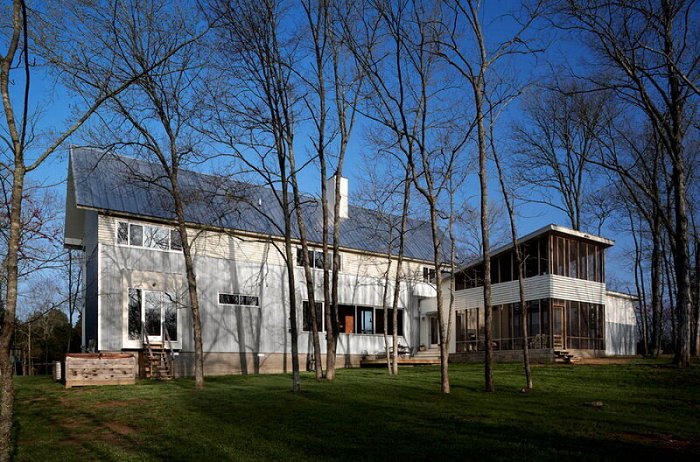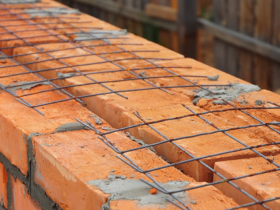The Dutch architectural style has several characteristic features that make it unique and recognizable.
Here are some of them:
Geometry and symmetry
The Dutch architectural style is characterized by clear geometry and strict symmetry. Buildings often have a rectangular shape and a symmetrical arrangement of windows and doors. This creates a feeling of order and harmony.
Brickwork
Brickwork is one of the most characteristic features of the Dutch architectural style. Buildings are often built of red brick, which gives them a special charm and warmth. Bricks can come in different sizes and shapes, adding variety to building facades.
High roofs
Dutch buildings often have high roofs with a steep pitch. This is because the Netherlands often experiences a lot of rainfall, and a steep roof helps drain water quickly. Roofs can be covered with ceramic tiles or thatch.
Windows and facades
Windows in the Dutch architectural style are usually large and rectangular in shape. They are often arranged in rows and create a rhythmic pattern on the facade of the building. Facades can be decorated with decorative elements such as pediments, cornices or pilasters.
Water elements
Water plays an important role in Dutch architectural style. Many buildings are located near waterways or lakes, and water features are often incorporated into garden and courtyard designs. Fountains, ponds and canals create an atmosphere of calm and harmony.
These are just some of the characteristic features of the Dutch architectural style. They help create buildings that reflect the history and culture of the Netherlands, and make Dutch architecture unique and attractive.






